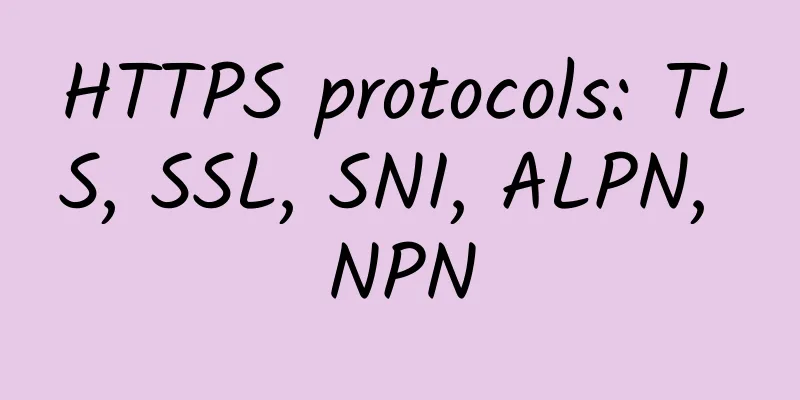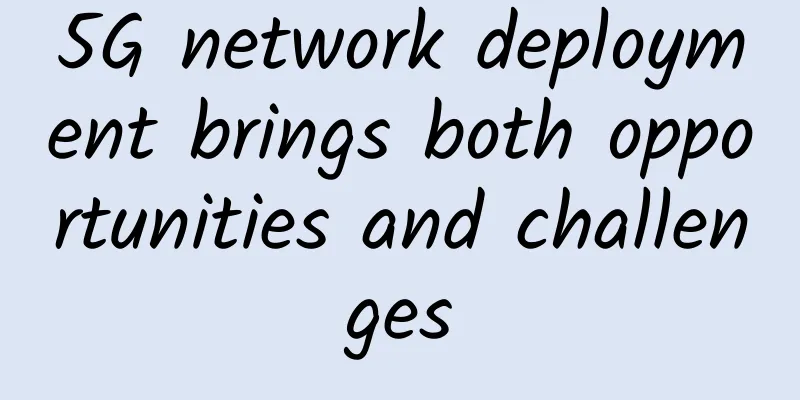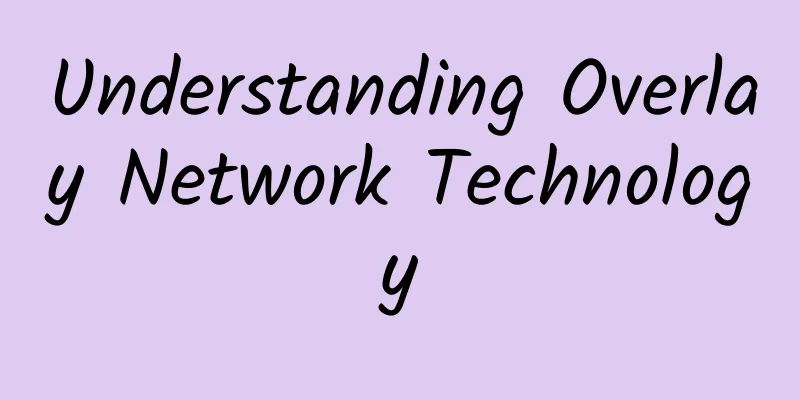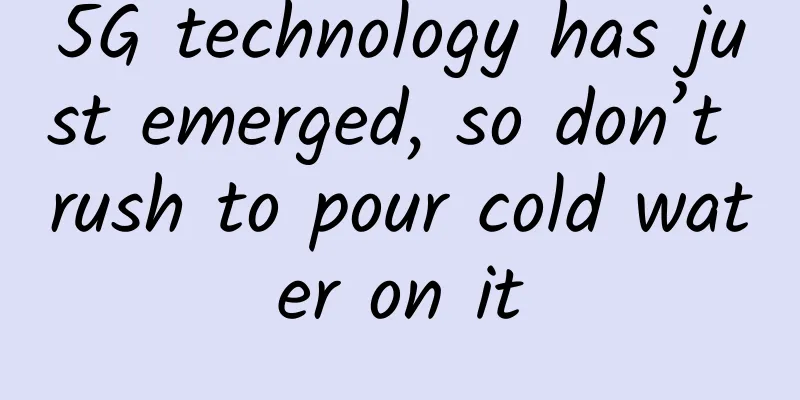5G RedCap: New Cellular IoT Technology Optimization
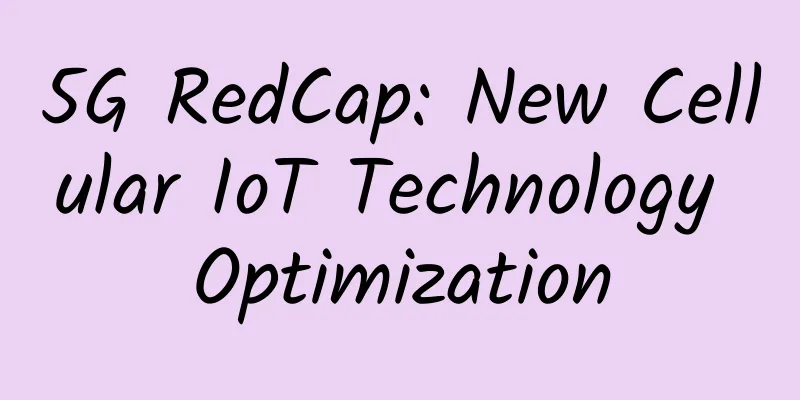
|
The latest version of the 3GPP standard for mobile communications, Release 17, includes a new variant of 5G specifically for the Internet of Things. It is defined as the Internet of Things Medium-High Speed Application Scenario, referred to as RedCap, and is sometimes referred to as NR-light. This is an interesting development that attempts to create a less complex 5G New Radio equipment with the aim of contributing to 5GNR like LTE-m and NB-IoT did for LTE. However, with this iteration, and likely for at least the next decade, it is unlikely to have a significant impact on the connectivity technology market landscape. 5G RedCap is expected to become the 5G New Radio equivalent of mMTC technologies NB-IoT and LTE-M, achieving three goals. The first is to reduce the complexity of the equipment, thereby reducing costs. With prices of hundreds of dollars per module, 5G is completely out of reach for all but a few IoT use cases. In comparison, LTE devices typically cost $10-40, depending on the category, and NB-IoT is around $5. 5GRedCap has had some success in this regard, with price cuts of around 80%. The second goal is to reduce energy consumption. To fill this useful niche, RedCap needs to be able to run on batteries. Energy savings of more than 90% are reportedly possible. The third goal is to maintain data transfer speeds of at least LTE Cat-1. With speeds of 85Mbit/s, it can easily do this. None of these features really unlock a significant portion of the market. For anyone who follows IoT use cases closely, as we do in our highly granular IoT forecasts, it’s worth noting the bifurcation of IoT applications, with some requiring high data rates, such as CCTV or connected cars, and the rest, which make up the vast majority of use cases, requiring low cost, often battery power. In 5G terms, IoT applications will require either enhanced mobile broadband or massive machine type communications, but rarely both. And today there are few that require ultra-reliable low latency communications, and certainly not large-scale mass market applications. While there are clear differences between 5G RedCap and other technologies, this does not mean there is a big opportunity. The question is, is there a demand for mid-range technology? Our analysis suggests not. 5G RedCap is mid-range and not optimized for anything. In addition, it is worth noting that the main challenger of 5G RedCap is LTE Cat 4. Although RedCap supports lower latency and larger frequency bands, LTE Cat 4 is faster and cheaper. Fast and cheap far outweigh these two capabilities. In terms of cost, it is an order of magnitude behind NB-IoT and LTE-M. It is logical to add a lower complexity 5GNR variant at a more cost-effective price point, with low power consumption and superior bandwidth and latency. Eventually, we are talking about more than 10 years from now, there will be a need to support low-power devices on 5G NRRAN. But in the next decade, battery-powered cellular IoT will be dominated by NB-IoT and LTE-M. We should note that Release 18 promises some further improvements, but they need to be significant to get close to existing mMTC technologies. We are looking forward to something more incremental. |
<<: Share | Basic knowledge of 5G wireless network
>>: Indoor 5G gets a boost with arrival of small cells
Recommend
5G + Internet of Things: Providing development opportunities for the popularization of smart lamp poles
[[392057]] At present, the smart light pole indus...
The correct way to calculate network bandwidth requirements
Different networks have different bandwidth requi...
Get an immersive understanding of the top data centers of multinational companies
If you trace their roots, the 21st century data c...
80VPS: Japan/Hong Kong VPS annual payment starts from 299 yuan, Los Angeles VPS annual payment starts from 199 yuan
80VPS, a well-established Chinese hosting company...
Matter is about to be launched. What surprises will it bring to the smart home market?
According to the news on the CSA Alliance's o...
Make your customers want you to be theirs with Riverbed Digital Experience Management
[51CTO.com original article] If you download a mo...
Huawei's cloud computing efforts drive urban cloud computing industry upgrades
[51CTO.com original article] Entering 2017, the r...
Riverbed Retail Digital Transformation Survey Results: The Next Three Years Will Be Critical for the Development of Physical Stores
The retail industry was born along with human civ...
IPv6 brings huge opportunities for managed service providers
For MSPs, helping customers transition to IPv6 co...
Also talking about old friends: The return of Nokia
[51CTO.com original article] Chinese people like ...
How is HostYun? Simple test of HostYun Hong Kong EPYC high bandwidth VPS
A few days ago, we shared the information that Ho...
BandwagonHost has launched a new SoftBank line in Osaka, Japan, with an annual fee starting from US$65
bandwagonhost is a subsidiary of the old IT7 comp...
Introduction to TCP/IP Network Model
TCP/IP Network Model The TCP/IP model is the foun...
Federal Aviation Administration: Allowing aircraft to land at airports affected by 5G
Recently, the CEOs of some large passenger and ca...
OlinkCloud: $4/month KVM-1GB/10G SSD/500GB/Germany
Olink.Cloud is said to be a site under the hostin...



